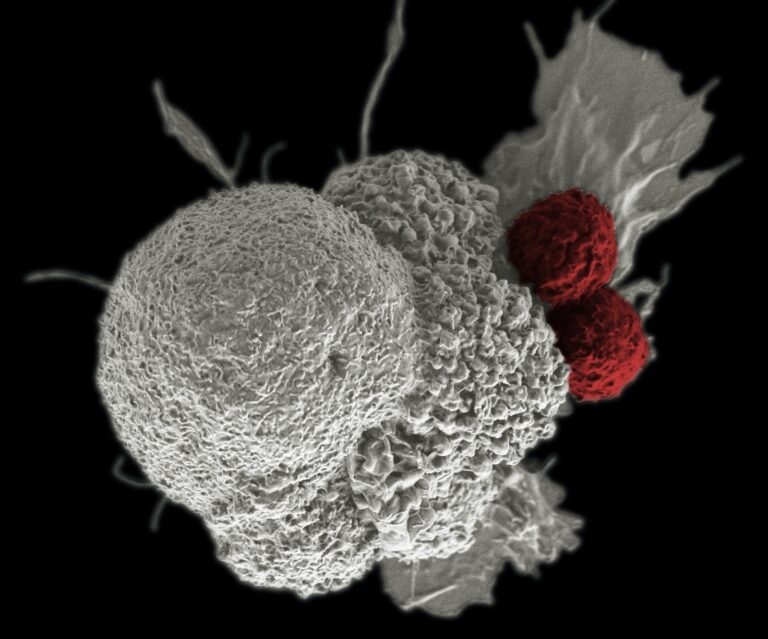Introduction: The Transformative Value of Microneedle Technology

In the landscape of biomedical innovation, microneedle technology has emerged as a transformative platform for advancing drug delivery, vaccine research, and diagnostic tool development. By combining microfabrication expertise with the evolving needs of pharmaceutical and biotech research, microneedles offer a minimally invasive, efficient approach to enhance transdermal delivery and biosample collection. As demand for next-generation delivery platforms grows, customized microneedle technology services are playing a pivotal role in supporting early-stage research, formulation development, and preclinical studies.
Understanding Microneedle Technology: A New Research Frontier
Microneedles are micron-scale structures, typically ranging from tens to hundreds of micrometers in length, capable of penetrating the skin's outer barrier (the stratum corneum) while avoiding deep dermal layers. This allows for efficient substance delivery or biomolecule sampling without significant disruption to underlying tissues.
Microneedles are fabricated using a variety of materials—metals, polymers, ceramics, and biodegradable matrices—and can be designed in multiple forms: solid, coated, dissolvable, or hollow. Their modularity makes them adaptable for a wide range of research purposes, from vaccine development to transdermal drug screening models.
Key advantages for research applications include:
l Controlled and reproducible delivery profiles
l Simplified administration for laboratory testing
l Minimized sample volume requirements
l Enhanced permeability without chemical enhancers
These features position microneedles as a powerful tool for advancing drug candidate evaluation and transdermal delivery studies.
Hollow Microneedle Systems: Enabling Precision Research Applications
Within the spectrum of microneedle designs, hollow microneedles offer unique advantages for controlled infusion studies. Featuring a micro-scale channel, hollow microneedles enable the direct introduction of liquid formulations into the epidermal or dermal layers.
Benefits of Hollow Microneedle Technology for Research:
l Precise Volume Control: Supports accurate dosing studies and formulation evaluations.
l Rapid Uptake Analysis: Facilitates pharmacokinetic and absorption profiling.
l Versatile Material Compatibility: Suitable for a wide range of molecule types, including proteins, peptides, and nucleic acids.
CD Formulation’s hollow microneedle technology services include customized design, material selection, and fabrication support, enabling research teams to accelerate drug delivery studies, biosensor development, and preclinical evaluation of transdermal systems.
Integrating Nanoparticle Delivery Systems with Microneedle Platforms
The integration of nanoparticle drug delivery systems with microneedles represents a leading-edge strategy for enhancing research outcomes. Nanoparticles offer significant advantages in protecting active pharmaceutical ingredients (APIs), improving stability, and enabling targeted delivery mechanisms.
When incorporated into microneedle systems, nanoparticles can improve delivery efficiency and enable sophisticated release profiles suitable for in vitro and in vivo models.
Research Advantages of Nanoparticle-Enhanced Microneedles:
l Enhanced Stability of Labile Compounds: Ideal for sensitive biomolecules during delivery studies.
l Controlled Release Capabilities: Supports sustained release kinetics investigations.
l Targeted Delivery Potential: Enables site-specific targeting studies in model systems.
CD Formulation’s nanoparticle development services provide comprehensive support for creating nanoparticle formulations optimized for microneedle integration, helping research projects achieve precise and reproducible outcomes.
Key Application Areas in Research and Development
Microneedle technologies are increasingly being explored across multiple areas of pharmaceutical and biotechnology research:
1. Vaccine Research and Delivery Modeling
Microneedle patches are being used as platforms to study novel vaccine formulations, optimize antigen presentation strategies, and simulate transdermal vaccine delivery mechanisms.
2. Transdermal Drug Delivery Studies
Microneedles facilitate evaluation of drug permeability, absorption rates, and depot formation in skin layers, aiding in the development of new transdermal therapeutics.
3. Biomolecule Sampling and Biosensing
Microneedle arrays are being engineered for minimally invasive sampling of interstitial fluid and capillary blood, supporting biomarker discovery, diagnostic tool research, and biosensor integration.
4. Topical and Dermatological Formulation Testing
Microneedles provide a platform for testing skin penetration and localized delivery of cosmetic and dermatological formulations in preclinical research settings.
Addressing Challenges in Microneedle Research Development
Despite significant progress, several technical and operational challenges must be considered in microneedle R&D:
l Manufacturing Optimization: Scaling fabrication processes while maintaining precision and consistency.
l Formulation Stability: Ensuring drug or nanoparticle stability during microneedle loading and storage.
l Analytical Method Development: Establishing validated methods for evaluating microneedle-mediated delivery efficiency.
CD Formulation supports researchers in overcoming these challenges through customized service solutions, material optimization, and technical consulting, ensuring robust and reproducible project results.
Conclusion: Advancing Research with Microneedle Innovation
Microneedle technology is driving a new era of innovation in drug delivery and diagnostic research. Through the development of customized microneedle systems, hollow microneedle devices, and nanoparticle-enhanced platforms, researchers are gaining access to highly adaptable tools that streamline experimental design and expand scientific possibilities.
CD Formulation is committed to empowering pharmaceutical and biotechnology researchers with cutting-edge microneedle technology services, providing the technical expertise, manufacturing capabilities, and formulation support necessary to accelerate discovery and development.
As the field continues to evolve, microneedle platforms will remain at the forefront of next-generation research tools, offering new opportunities to advance therapeutics, vaccines, and biosensor technologies with precision and efficiency.
- Questions and Answers
- Opinion
- Motivational and Inspiring Story
- Technology
- Live and Let live
- Focus
- Geopolitics
- Military-Arms/Equipment
- Segurança
- Economy
- Beasts of Nations
- Machine Tools-The “Mother Industry”
- Art
- Causes
- Crafts
- Dance
- Drinks
- Film/Movie
- Fitness
- Food
- Jogos
- Gardening
- Health
- Início
- Literature
- Music
- Networking
- Outro
- Party
- Religion
- Shopping
- Sports
- Theater
- Health and Wellness
- News
- Culture

